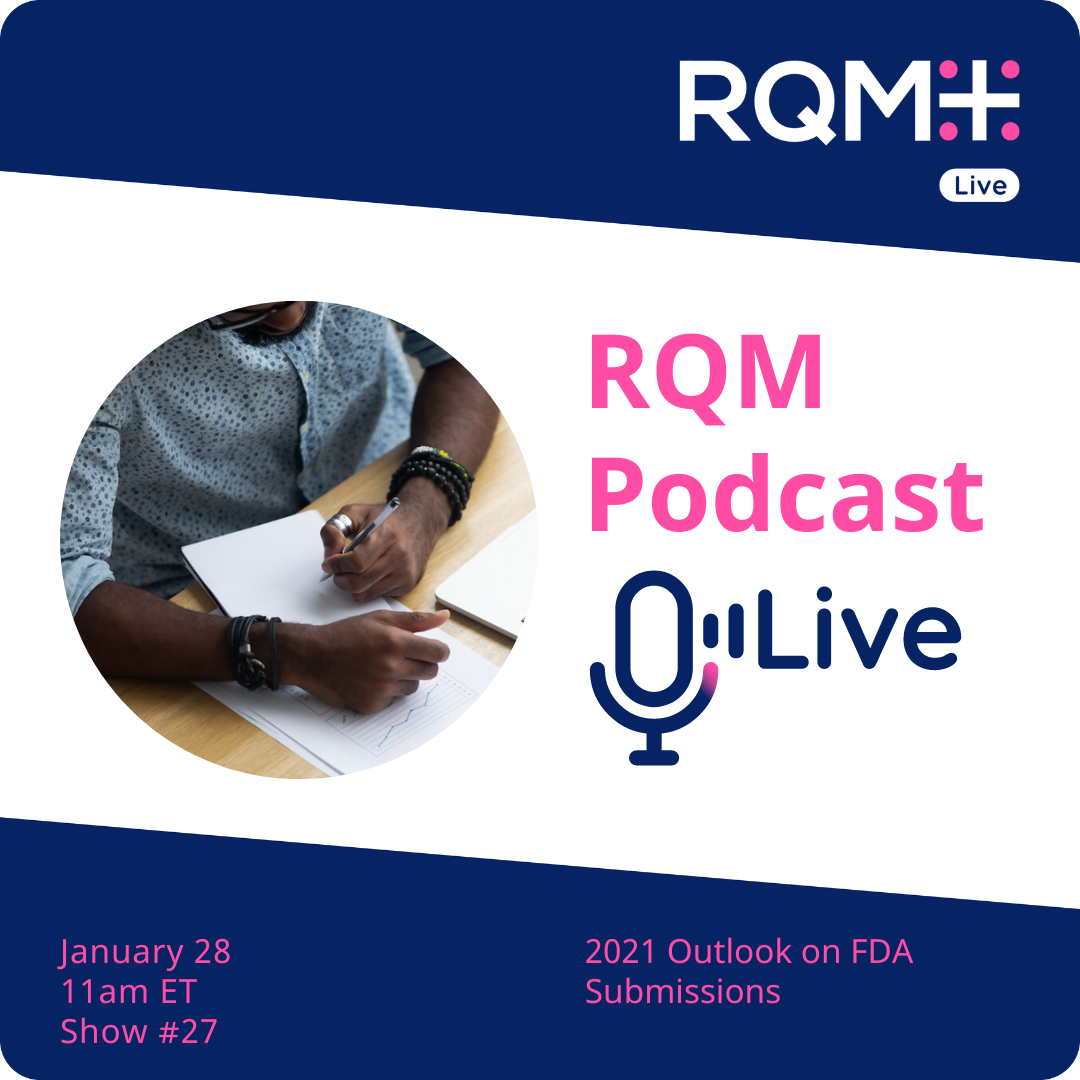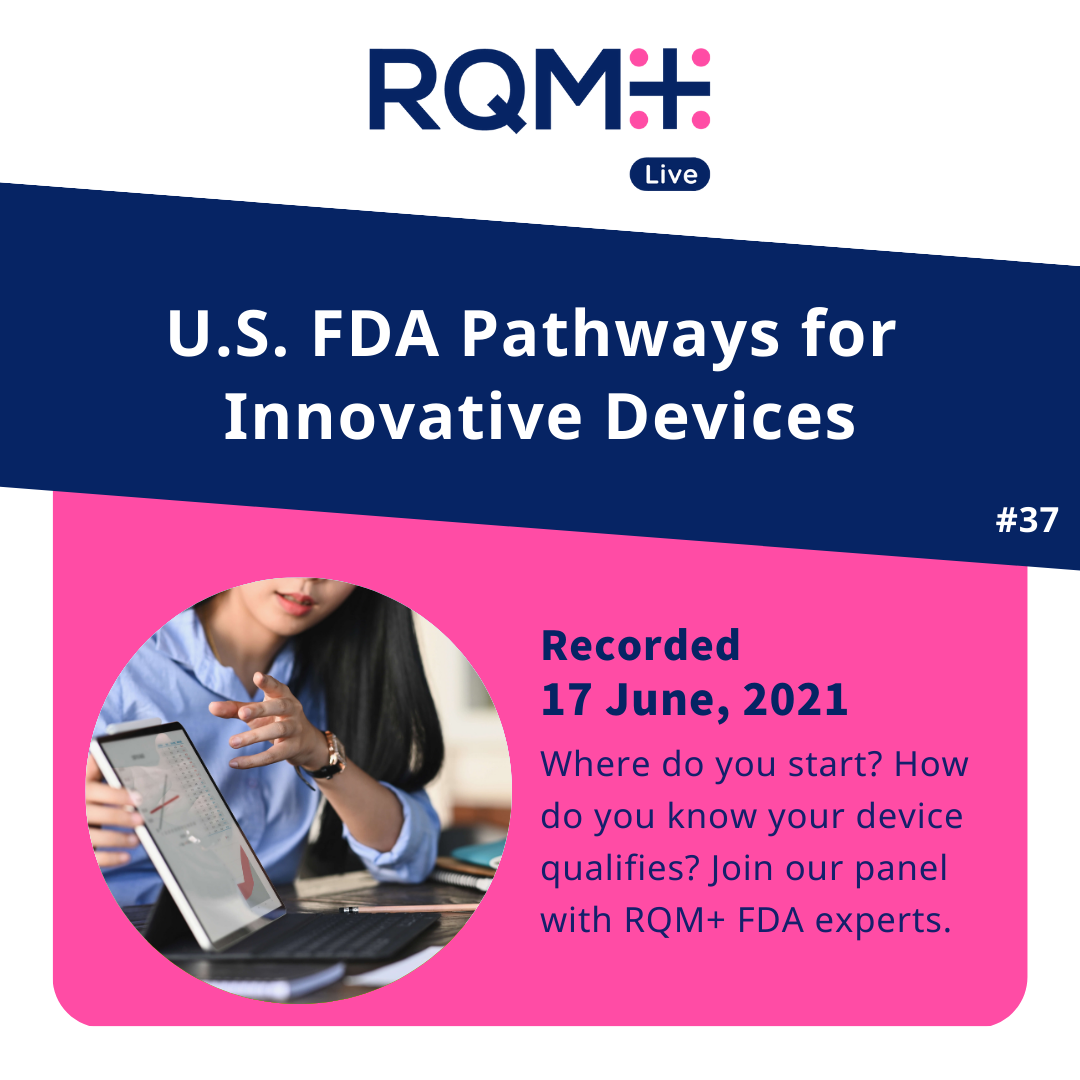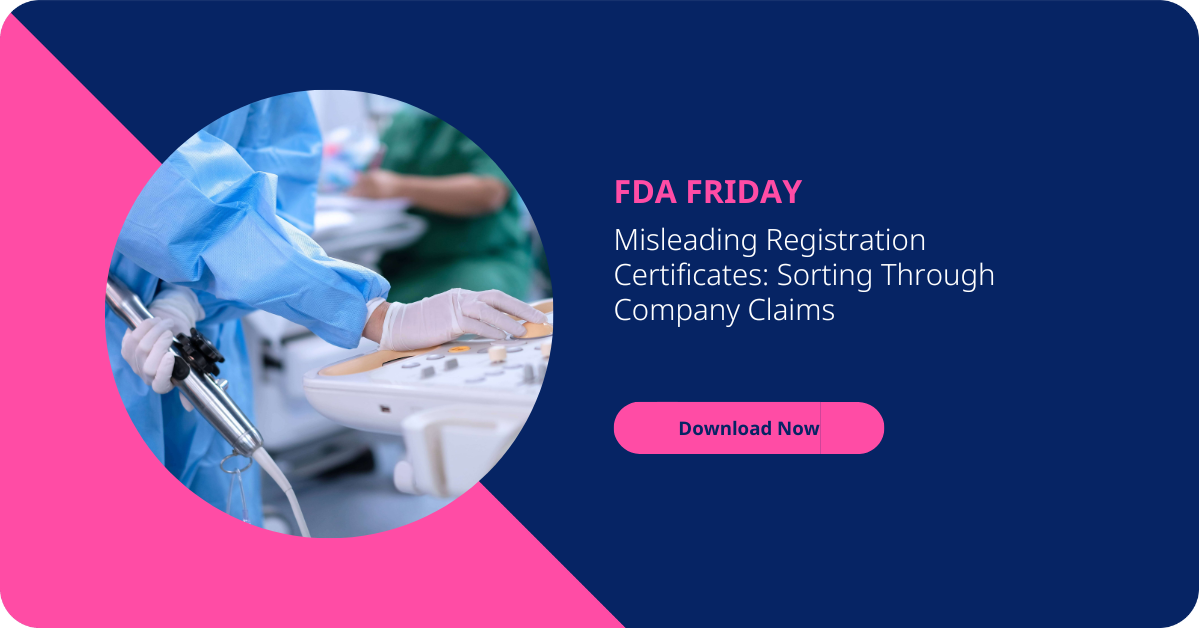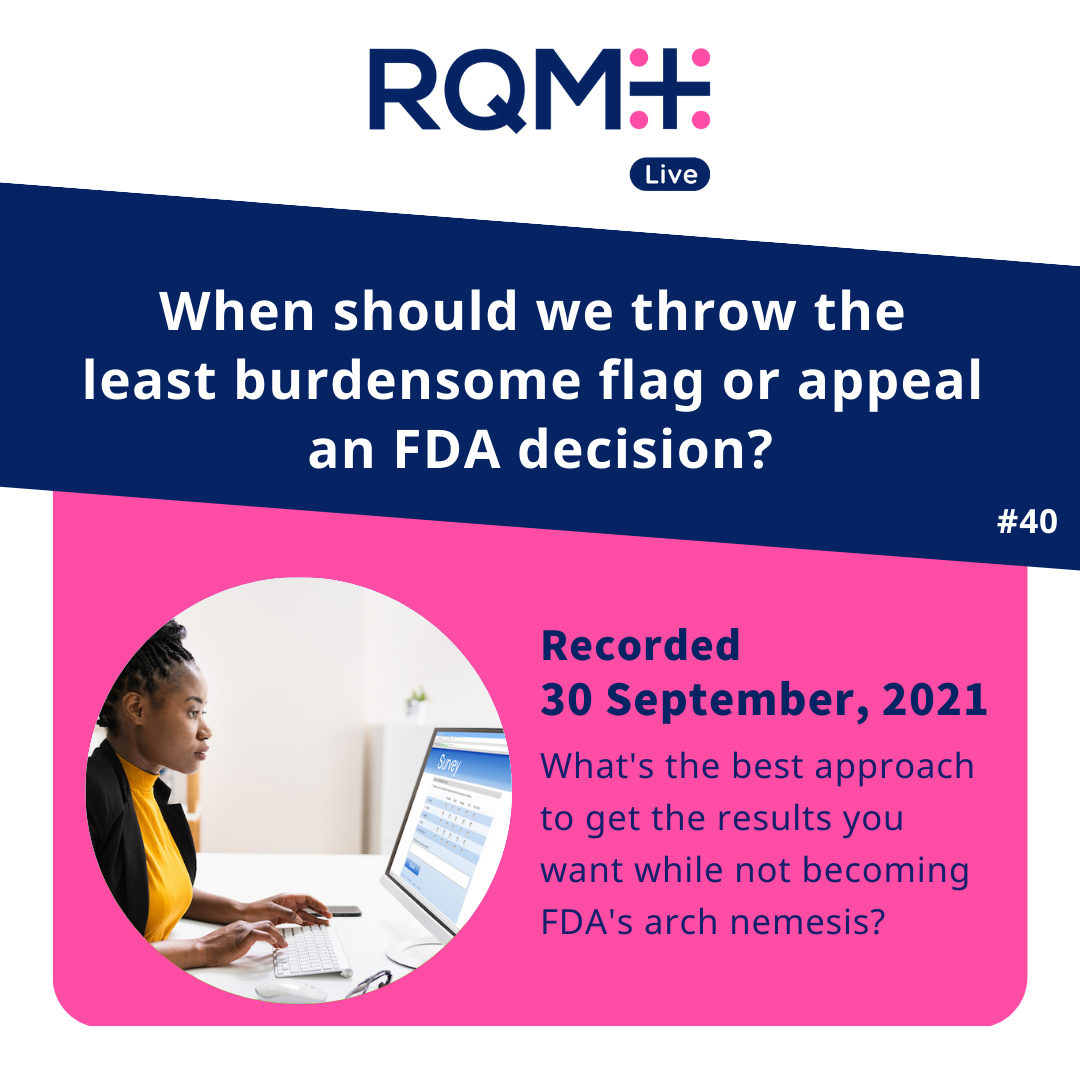FDA Strategy and Submissions
RQM+ delivers business-balanced FDA guidance and support for medical device and IVD manufacturers across all classifications, technologies, and clinical specialties.
The regulatory landscape in the US is constantly changing, especially as technology continues to evolve. Through ongoing interaction with FDA regulators, lessons learned from submissions across all device types, and our unrivaled collective knowledge, RQM+ helps manufacturers successfully navigate FDA regulatory submissions while keeping organizational goals in mind.
How RQM+ Adds Value
-
.jpeg)
Informed Regulatory Strategies
Anybody can read and understand a guidance document, but developing a regulatory strategy that meets reviewer expectations requires specialized expertise. With RQM+ as your partner, you get the benefits of decades of experience from former FDA CDRH reviewers, in-house clinicians, and regulatory experts.
-
.jpeg)
Business-Balanced Solutions from a Strategic Partner
Our team understands the pressures of managing a product portfolio while meeting internal goals and expectations. When your team is overwhelmed, RQM+ provides additional resources for portfolio planning, project management, and regulatory submission tasks. We start by understanding your business goals to develop tailored, risk-balanced solutions.
-
.jpg)
Unrivaled Collective Knowledge and Industry Expertise
With a strong track record of success and a commitment to continuously improving our processes through internal education and knowledge transfer, our team maintains a world-class level of expertise. The relationships we have built through participation in regulatory committees and industry organizations also provide unique insights into the regulatory landscape.
If your team is struggling with FDA regulatory submissions, RQM+ is here to help.
If you don’t know where to start—or even if you are in the middle of an FDA submission—our team has the expertise to take you to the next step and beyond. Whether you need strategic guidance or targeted support for an immediate challenge, RQM+ has seen it all and has solutions.
Tailored Solutions
With hundreds of experts across all device types and classes, we dedicate specialized resources to every client project. A single point of contact manages each project, and hand-selected individuals with the appropriate expertise round out the team.
Strategic Guidance
Starting with a clear regulatory strategy is critical for success. From understanding how your device is classified to determining what type of clinical data will be required, if you don’t have every piece of the puzzle in place, you can expect delays. We provide customized, business-balanced strategies that incorporate your long-term goals in the global market.
Pre-Market Support
We provide pre-submission, pre-market approval (PMA), 510(k), audit, inspection, and export certificate support for all types of medical devices and IVDs. Early interactions with FDA and liaising throughout the submission process help ensure that you are prepared to meet reviewer expectations and build strong relationships that benefit you through post-market activities.
Post-Market Support
Once a device is on the market, the regulatory work does not stop. Design changes, expanding marketing claims, customer complaints, adverse events, 483s, and growth in the global market can all impact your regulatory strategy, and potentially, your FDA clearance/approval. Our regulatory experts partner with your team to help you strategize, assess the impact, navigate the process, and interface with the FDA to keep your products compliant and on the market.
When you work with RQM+, we become an extension of your FDA submission team. This means that we always have your best interests in mind. We are more than just consultants—we are a strategic partner.
01 Former FDA CDRH Reviewers
We bring a behind-the-scenes perspective from former FDA reviewers who know what is expected from manufacturers and how best to communicate with regulators.
02 Former Industry Leaders
We understand that there is much more to running a business than developing products and meeting regulatory requirements. Having former industry leaders on board allows us to provide strategies to achieve your commercialization plans and be competitive in the market.
03 Seasoned Regulatory Experts
Our team has been in the trenches of all aspects of regulatory strategy and submissions for decades. Novel technologies, high-risk devices, combination products, and software as a medical device, just to name a few—we have worked on all of them!
04 Cross-Functional Teams
The FDA looks at the whole story when making determinations, which is why it’s so important to take an integrated approach to regulatory compliance. From device development to clinical testing to post-market follow-up, we help keep the entire team on the same page.
Featured Leaders
The RQM+ FDA team comprises hundreds of regulatory experts rooted in industry and FDA.

Nancy Morrison
RAC (US and EU)
Nancy Morrison has more than 25 years of experience with U.S. and global regulatory submissions for medical devices and combination products. She builds collaborative relationships and provides effective business solutions to achieve regulatory compliance. Nancy's colleagues refer to her as the "Regulatory Encyclopedia" because she seems to have the answer to any question and absolutely loves new regulatory and technology challenges.
Allison C. Komiyama
Ph.D., RAC
Allison C. Komiyama joined RQM+ in 2022 with the acquisition of her consulting firm, AcKnowledge Regulatory Strategies. She is a former FDA reviewer in the Office of Device Evaluation, where she was a lead reviewer and consulted on 510(k)s, pre-submissions, IDE applications, and PMA submissions. Allison also has extensive expertise with novel technologies and has achieved multiple Breakthrough Device designations for clients.
"We were able to get a complex 510(k) cleared thanks to RQM+. Whereas many consultants often want to fight with the FDA, RQM+'s approach of working with the FDA made the whole process surprisingly pleasant."
— Jon, CEO of medical device manufacturer

FDA FAQs
What are some of the benefits and challenges of using the eSTAR program for FDA submissions?
Let's talk about the eSTAR program... The intent of these electronic templates is to provide guided submission preparation tools, improve submission consistency, and enhance efficiency in the review process. Listen to our FDA experts' experiences using the eSTAR program for clients.
What are the common issues with 510(k) submissions that are easy to avoid?
Start with the device description because many times the questions coming back from FDA are basic misunderstandings. In the device description, go into way more detail and give it to someone that does not know the device so they can look at it and understand the device. In our FDA expert’s experience, the top three reasons for RTA1 are device description, incomplete test reports, and inconsistent data.
What are some tips from RQM+ former FDA CDRH and SMEs on good letter to file documentation?
Start with FDA Guidance, "Deciding when to submit a 510(k) for a change to an existing device" and follow it closely. In your letter to file, provide detail of your changes, and document a strong justification and your best argument for why your justification is adequate. Do not just create a checklist from the guidance and check the boxes that apply. It's much harder to defend your decision in an audit if the letter to file contains only checked boxes rather than details of why the decision was made. And include engineering level detail in the justification. Also remember that the letter to file should be based upon cumulative changes since the submission. Be very cautious of cumulative changes, and as regulatory, take a stance when it's time to submit.
Is it preferable to meet the standards FDA lists as consensus standards over meeting the latest version of that standard?
During the due diligence process, compliance programs should be at the forefront of the assessment. How involved is the senior management team in the regulatory compliance programs? Does the organization have a strong quality and regulatory staff? Is the quality management system embraced by the executive management team and is it effectively implemented throughout the organization? These are areas that need to be assessed by regulatory compliance experts during the due diligence process.
Tap into the RQM+ Knowledge Center
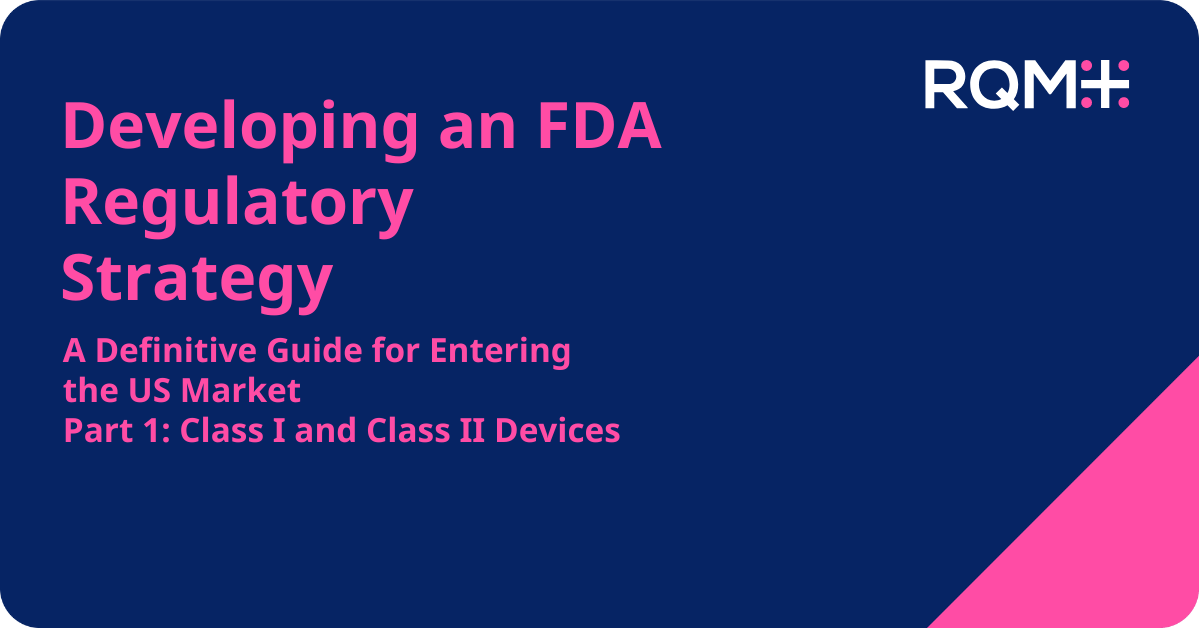
Webinar
Developing an FDA Regulatory Strategy (Part 1): A Definitive Guide for Entering the U.S. Market
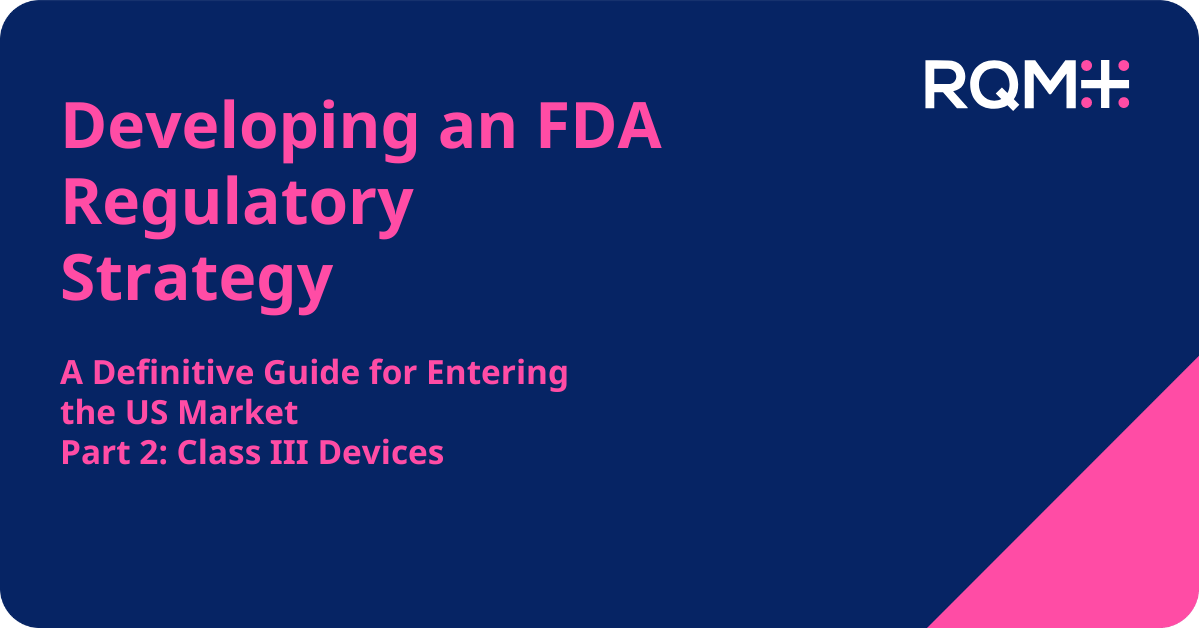
Webinar
Developing an FDA Regulatory Strategy (Part 2): A Definitive Guide for Entering the U.S. Market
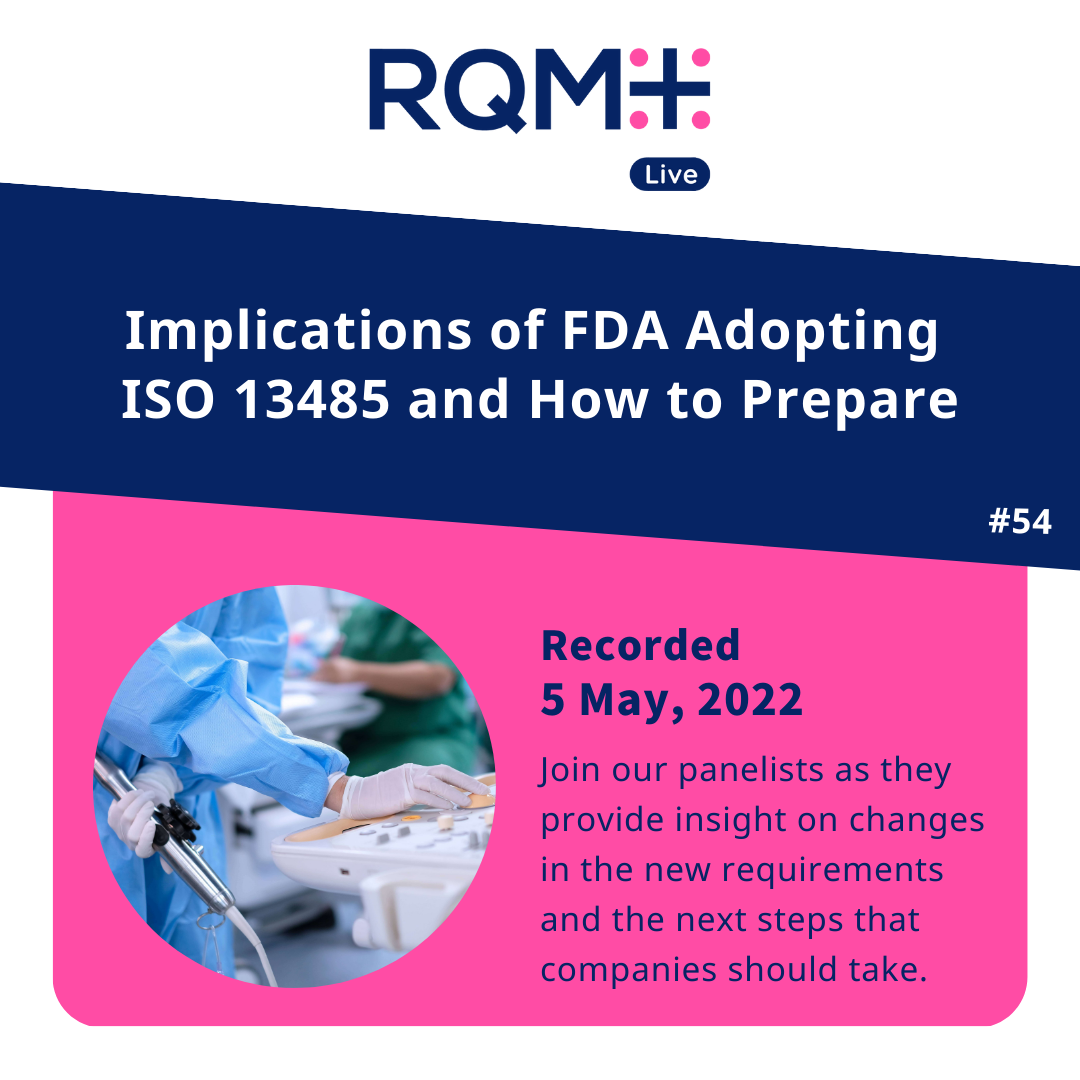
RQM+ Live!
Implications of FDA Adopting ISO 13485 and How to Prepare
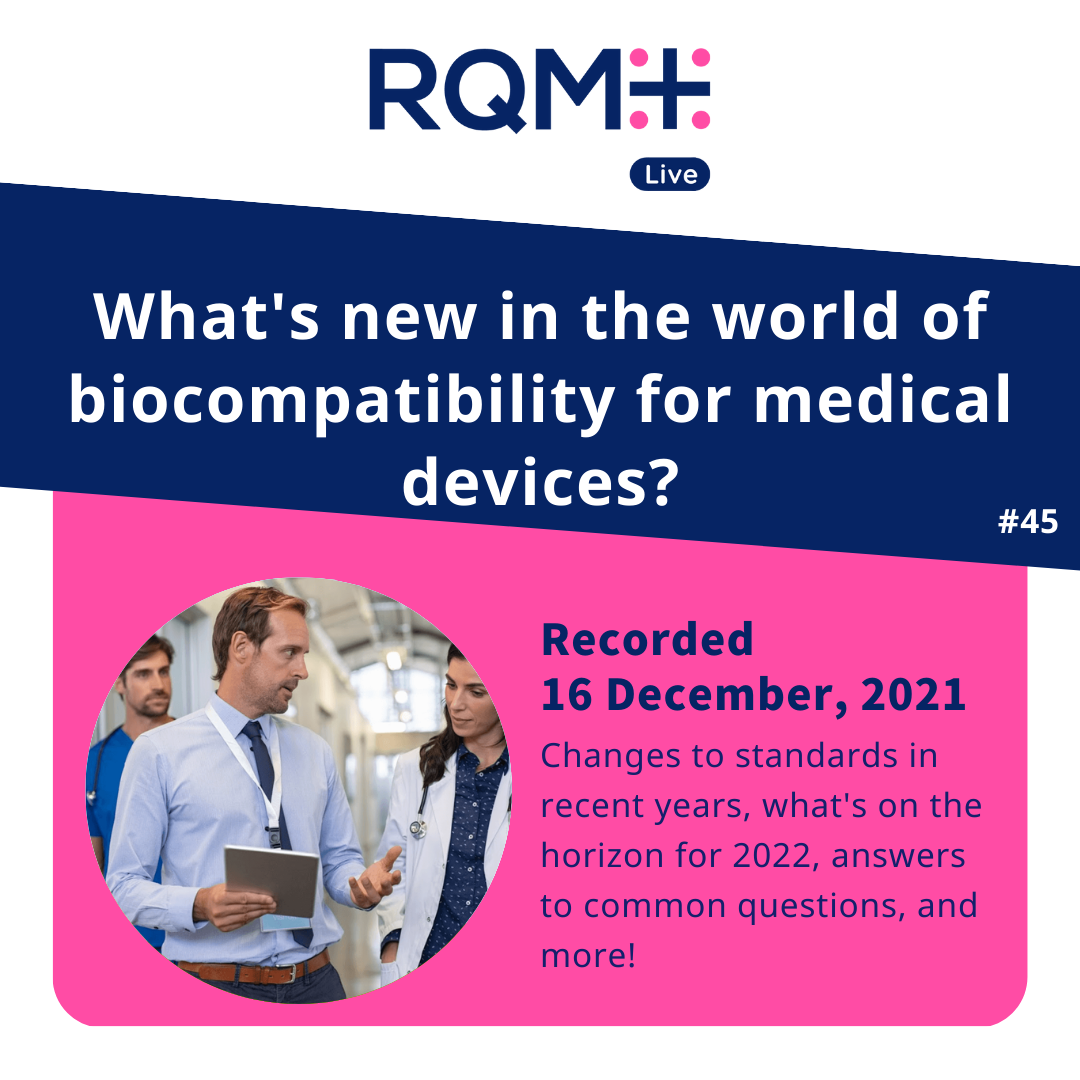
RQM+ Live!
What’s new in the world of biocompatibility for medical devices?

Technical Brief
How to Prepare for COVID-19 EUA or Enforcement Policy Expiration
.png)
Technical Brief
FDA CDRH: What will they do in 2022?
GLOBAL BOTTOM CTA INSTRUCTIONS:
To display custom copy instead of global copy in this section, please go to Show Global Content for Bottom CTA? toggle in the "Contents" tab to the left, toggle it off, save, and then REFRESH the page editor, the custom text will then show up and ready to be edited.
Turning the global content back on will be the same process, go to the toggle and toggle it back on, save and refresh!
.jpeg)
